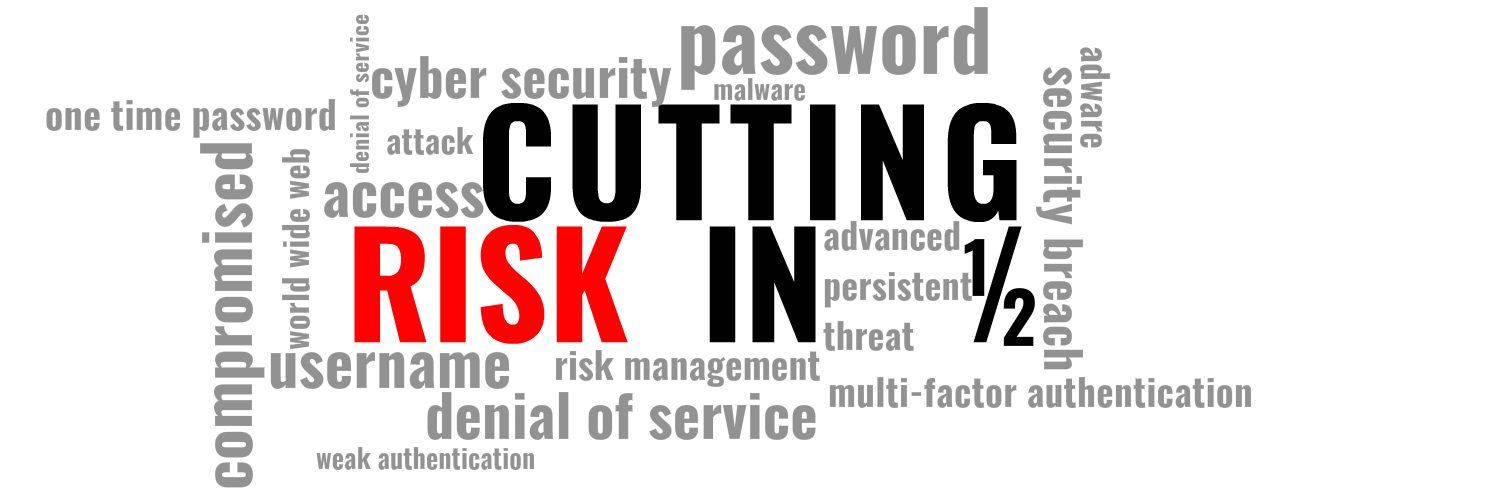Cutting Risk in Half with Multi-Factor Authentication

We rely on usernames and passwords to access various systems throughout the technology world - from laptops to bank accounts, from cloud storage to blogs - our accounts are protected by these authentication mechanisms. It is easy to forget the importance of these account credentials, until it is too late - if a username and password are breached, an unauthorized user can erase, view, and copy highly sensitive data.
Our Whitepaper, Cutting Risk in Half, explores the different methods and real life examples of how much risk is involved in the improper use of security account credentials. We provide alternatives to weak authentication including strong authentication examples, the importance of leveraging multiple authentication factors (MFAs), the need to detect the use of compromised credentials in every organization or account, and general examples and pointers for reducing risk in information systems.
Although the National Institute of Science and Technology (NIST), in combination with the Department of Defense (DoD), and the Committee on National Security Systems (CNSS) continue to develop risk management guidance, basic guidelines can be followed to help reduce risk in organization, individually and in any technology environment.
For organizations and individuals alike, risk management should be regarded as a holistic activity that should be integrated into every aspect of an organization. Indeed, systems and networks continue to be under the constant threat of attackers leveraging weak authentication mechanisms. Following prescribed risk management guidelines and principles, we can strengthen the identification and authentication process needed to access sensitive systems. Reducing the likelihood of a successful breach by reducing risk, we allow for personally identifiable information and sensitive system data to remain secure.
- Log in to post comments

